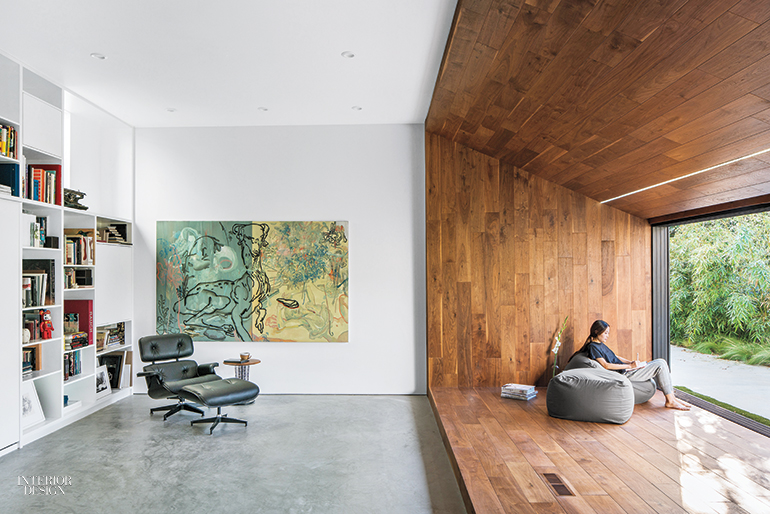Interior Designers: Transforming Spaces and Lives
Interior designers possess the unique ability to transform ordinary spaces into functional and aesthetically pleasing environments. Through the application of art, creativity, and technical skills, they tailor spaces to the needs and preferences of their clients. This article explores the world of interior design, delving into the roles, responsibilities, and importance of interior designers, as well as the different areas of specialization within the field.
The Role of Interior Designers
Interior designers are responsible for creating or renovating interior spaces that are not only visually appealing but also functional and safe. They work with clients to understand their needs and preferences, then create designs that reflect the client’s personality, lifestyle, and budget.
A designer’s role extends beyond mere aesthetics. They must also consider building codes, health and safety regulations, traffic flow, space planning, and more. Collaborating with architects, contractors, and other specialists, they ensure that the design is feasible and aligns with the structure’s architecture.
Key Responsibilities
- Client Consultation: Understanding clients’ needs, preferences, and the purpose of the space is fundamental. This involves asking detailed questions, considering the budget, and evaluating the space’s potential.
- Design Development: This includes creating initial sketches and mood boards, selecting colors, materials, furniture, and lighting. Utilizing software like AutoCAD and SketchUp, they create detailed plans and 3D renderings.
- Project Management: Coordination with various stakeholders such as contractors, architects, and suppliers is vital. Designers must oversee the project from inception to completion, ensuring timely execution within budget.
- Compliance and Safety: Interior designers must comply with all relevant local regulations and codes, considering elements like accessibility, ergonomics, and environmental sustainability.
- Final Installation: After construction and installation, designers usually assist with the final touches, including accessorizing and styling, ensuring the space is cohesive and reflective of the original vision.
Areas of Specialization
Interior designers often specialize in specific areas, including:
- Residential Design: Working with private homeowners, creating comfortable and personalized living spaces.
- Commercial Design: Designing for businesses, including offices, restaurants, hotels, retail spaces, etc.
- Healthcare Design: Specializing in medical facilities, considering specific needs like accessibility and hygiene.
- Sustainable Design: Emphasizing energy efficiency, sustainable materials, and environmentally conscious practices.
- Universal Design: Creating spaces accessible and usable by all, regardless of age, disability, or other factors.
Education and Certification
A career in interior design typically requires a bachelor’s degree in interior design or a related field. Many countries also require designers to pass licensing exams or obtain certifications to practice professionally. Organizations like the American Society of Interior Designers (ASID) offer valuable resources and support for professionals in the field.
The Importance of Interior Design
Interior design’s impact extends beyond mere aesthetics. Well-designed spaces enhance comfort, functionality, and well-being. In work environments, thoughtful design can increase productivity and foster collaboration. In healthcare facilities, a serene and practical design can even aid in patient recovery.
Furthermore, the field of interior design has embraced sustainability and social responsibility. Designers are increasingly incorporating eco-friendly materials and practices, contributing to a more sustainable future.
The Future of Interior Design
With advancements in technology and growing awareness of sustainability and wellness, the field of interior design is continually evolving. Virtual Reality (VR) and Augmented Reality (AR) are becoming essential tools for designers to provide immersive experiences. The emphasis on biophilic design, integrating nature and natural elements, signifies a shift towards more holistic and mindful design practices.
Conclusion
Interior designers play a vital role in shaping the environments we live, work, and interact in. Through creativity, technical expertise, and an understanding of human needs and behavior, they create spaces that are not only beautiful but also functional, safe, and responsive to our evolving world.
As we move forward, the importance of interior design in creating sustainable, inclusive, and well-considered spaces will continue to grow. Whether it’s the comfort of our homes or the efficiency of our workplaces, interior designers are the behind-the-scenes heroes transforming spaces and, by extension, our lives. Their work resonates with us on a deeply personal level, making our daily experiences richer and more enjoyable.

